What is the CBSE Composite Science Lab?
Building a Composite Science Lab addresses the gap in traditional learning in India, in addition to emphasizing hands-on, practical application. While nations like the United States, Japan, and South Korea boast skill training rates of 52%, 80%, and 96%, respectively, only 2.7% of India’s workforce has formal skill training.
Because these labs are designed for students from Classes 6 to 12, these labs must align with the National Education Policy (NEP) 2020 and the National Curriculum Framework for School Education (NCF-SE). Therefore, the lab promotes interdisciplinary learning, collaborative education, and the use of technology to formulate hypotheses, conduct experiments, and analyze data.

Additionally, beyond academics, the lab incorporates artificial intelligence, machine learning, programming, and robotics kits, enabling students to explore concepts like self-driving cars and facial recognition. Ready-to-use plug-and-play kits simplify the process. Additionally, the mandate provides for teacher training, ensuring that the new generation of teachers are adept at handling and imparting cutting-edge knowledge, tools and resources for maximum student benefit.
Importance of Composite Science Labs
Skill labs prepare students for real-world problem-solving. Hence, they foster intelligence, character, and creativity through experiential learning. Students not only perform experiments but also develop and defend their conclusions, building confidence and critical thinking skills.
Requirements for Building a Composite Science Lab
According to the Central Board of Secondary Education (CBSE), a well-equipped lab requires multiple apparatus, some of them are listed below:
- Space and Infrastructure:
- A 600 sq. ft. lab with 40 seating facilities.
- Demonstration table with a sink and water tap.
- Eight sinks with running water.
- Notice board for lab rules, activities, and timetables.
- Proper storage with cupboards to keep consumables and non-consumables dust- and vermin-free.
- Safe storage for flammable chemicals.
- Safety Measures:
- Waste bins for proper waste management.
- Exhaust systems for toxic chemicals.
- Fire extinguishers, emergency exits, and a first-aid kit.
- Basic Lab Equipment:
- Physics: Optical bench, spring balance, magnetic compass, and prism.
- Chemistry: Bunsen burners, conical flasks, periodic table models, and indicators like litmus paper.
- Biology: Specimens of plants and microorganisms, in addition to human organ models, and microscopes.

Floor plan model for Composite Science Lab by the CBSE (Source)
Challenges in Building a Composite Science Lab
Building a composite science lab can be challenging due to multiple factors:
- Firstly, there is a lack of awareness regarding the required equipment and furniture
- It is difficult to source reliable suppliers, and
- Coordinate interdisciplinary requirements.
- Additionally, incorporating emerging technologies like robotics, coding, and AI requires adaptability and tailored expertise.
Composite Science Lab by Labkafe
Labkafe provides fully customizable packages for Composite Skill Labs. These labs are tailored to CBSE requirements, in addition to being flexible and customizable according to the requirements of the school. Hence, the kits are designed for seamless integration into the physics, chemistry, and biology laboratory. We provide both complete lab packages, and customized lists, as per the needs of the organization.
Here’s a subject-wise list of some of the most sought-after items.
Physics Lab Equipment:
- Spring balance, voltmeter, ammeter, resistance boxes.
- Concave and convex mirrors and lenses.

Chemistry Lab Equipment:
- Test tubes, beakers, and conical flasks.
- Kipp’s apparatus and periodic table models.
- Indicators like litmus and methyl orange.


Biology Lab Equipment:
- Models of human organs (brain, eye, heart, etc.).
- Prepared slides, microscopes, and staining solutions.
- Specimens of plants and microorganisms.


Labkafe ensures all consumables and non-consumables meet CBSE standards, additionally providing turnkey solutions with robust support for installation, training, and maintenance. Contact our lab experts for a free, customized school lab plan today!
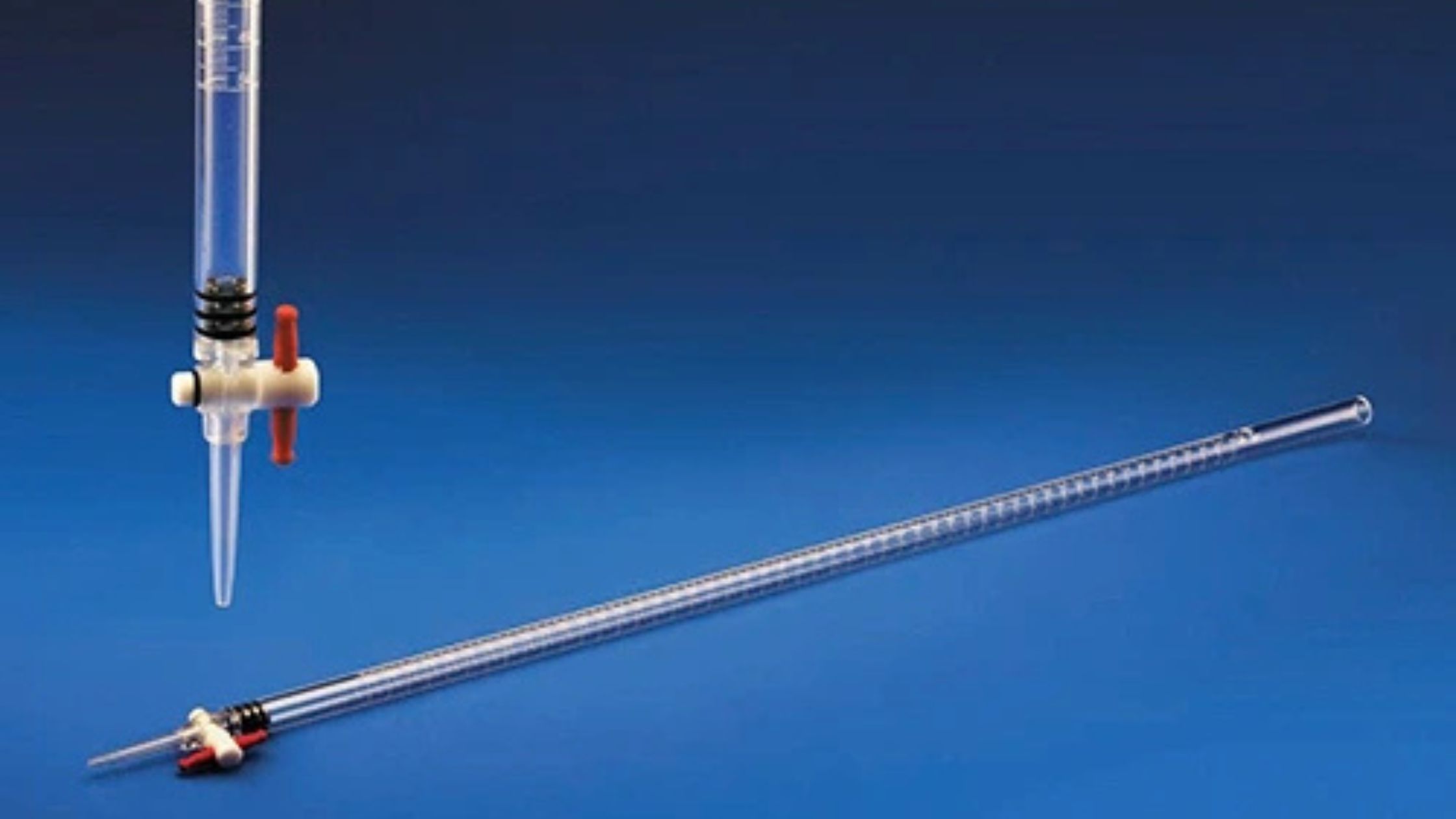
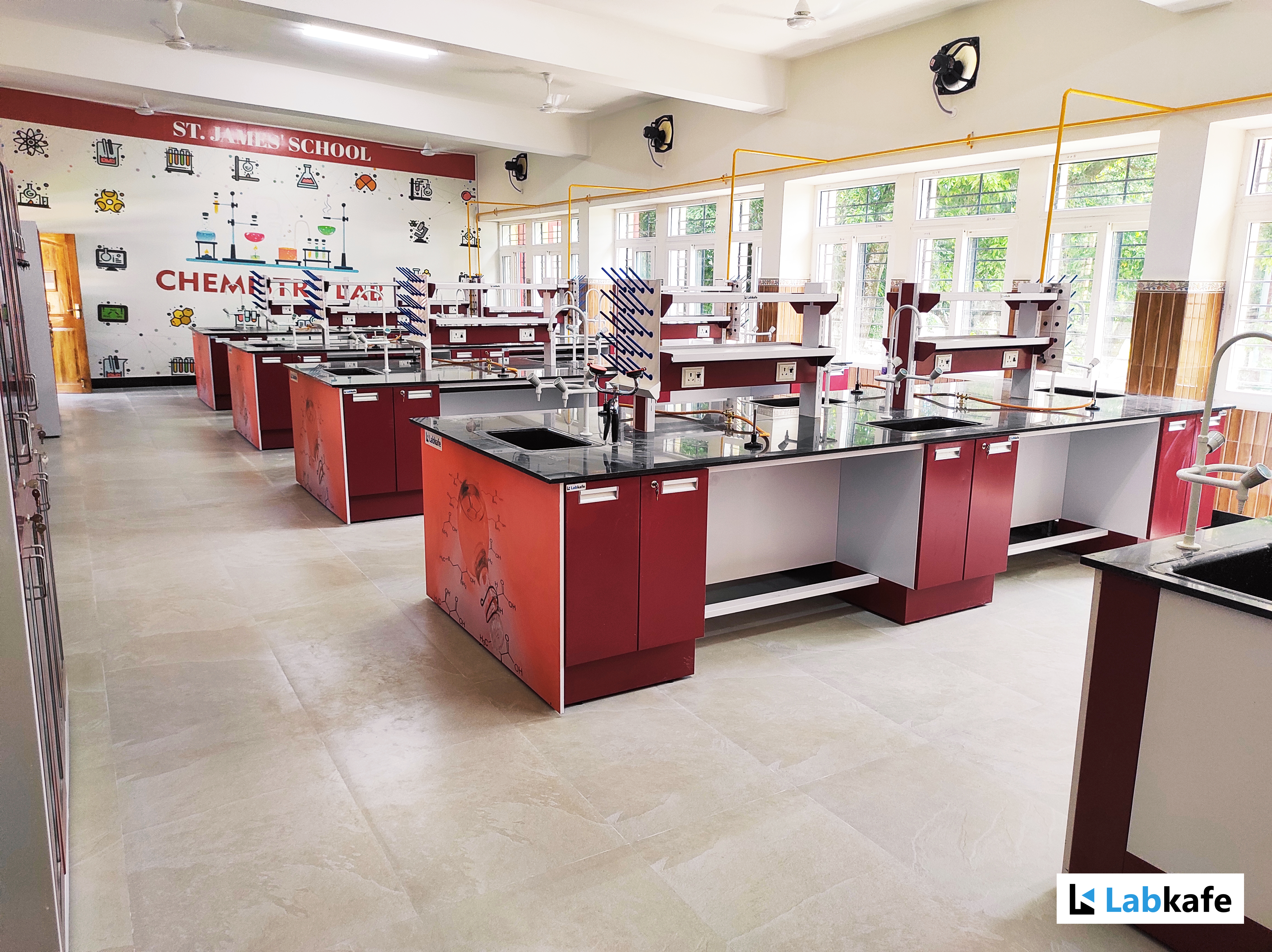

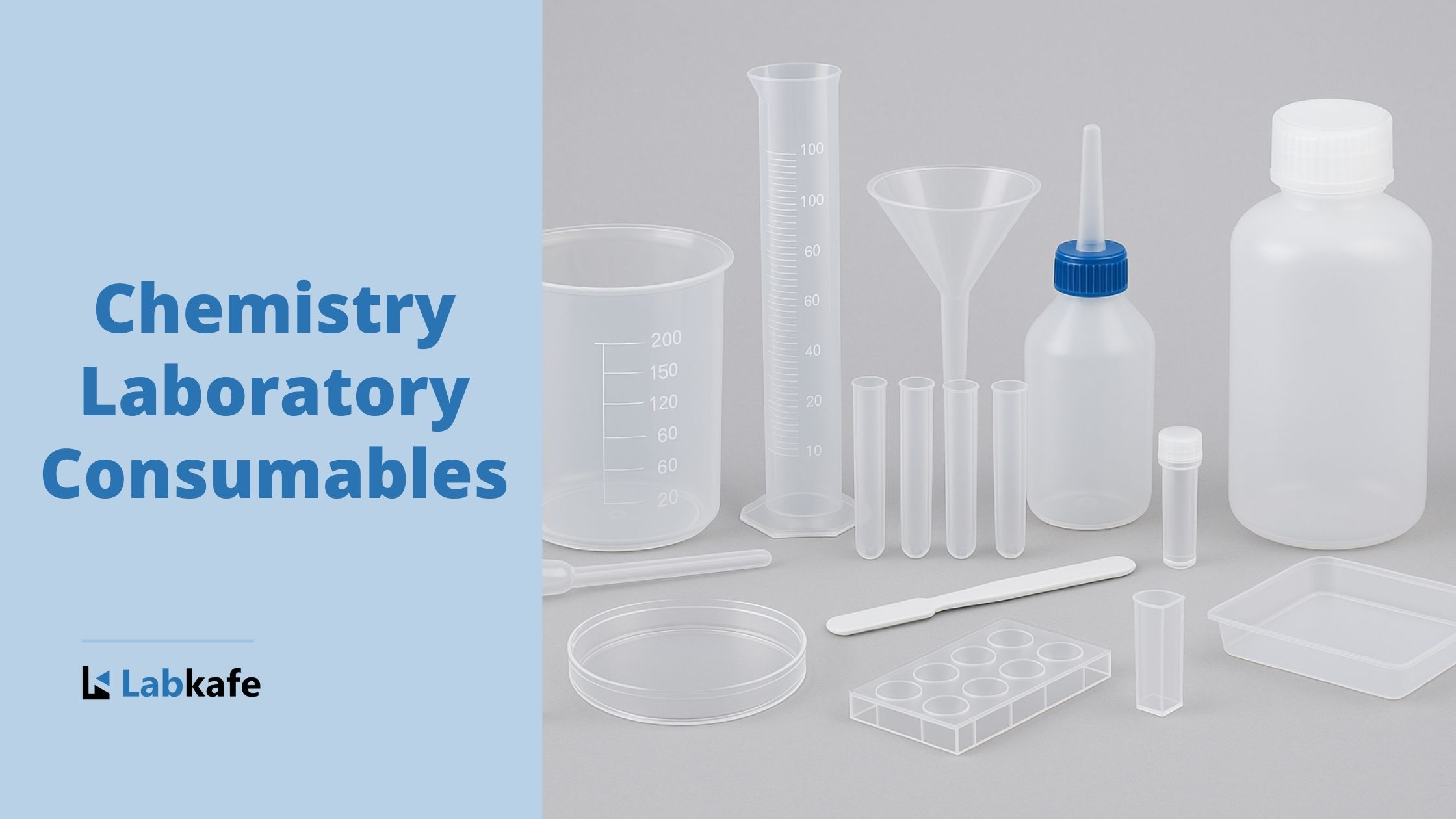
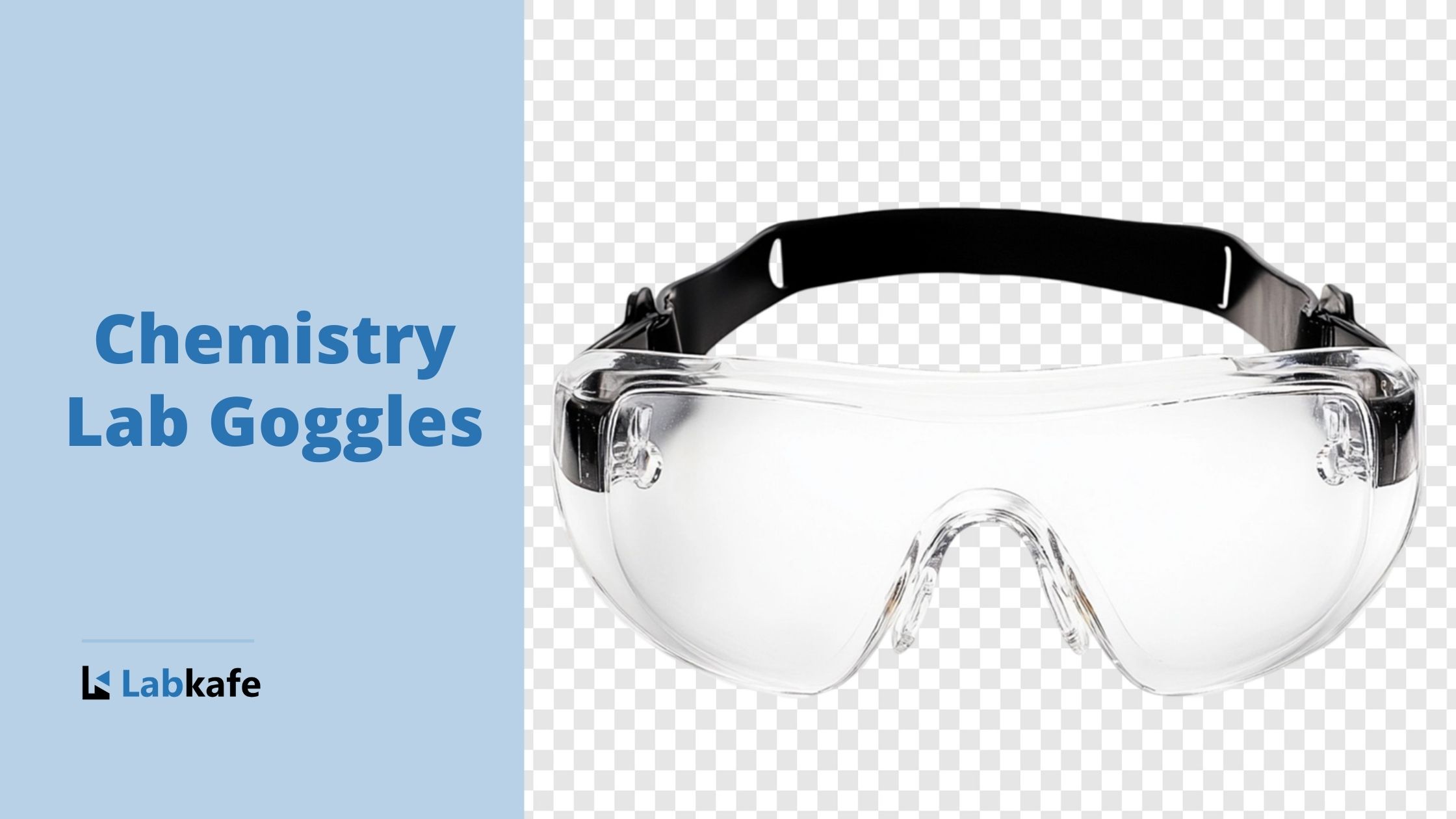
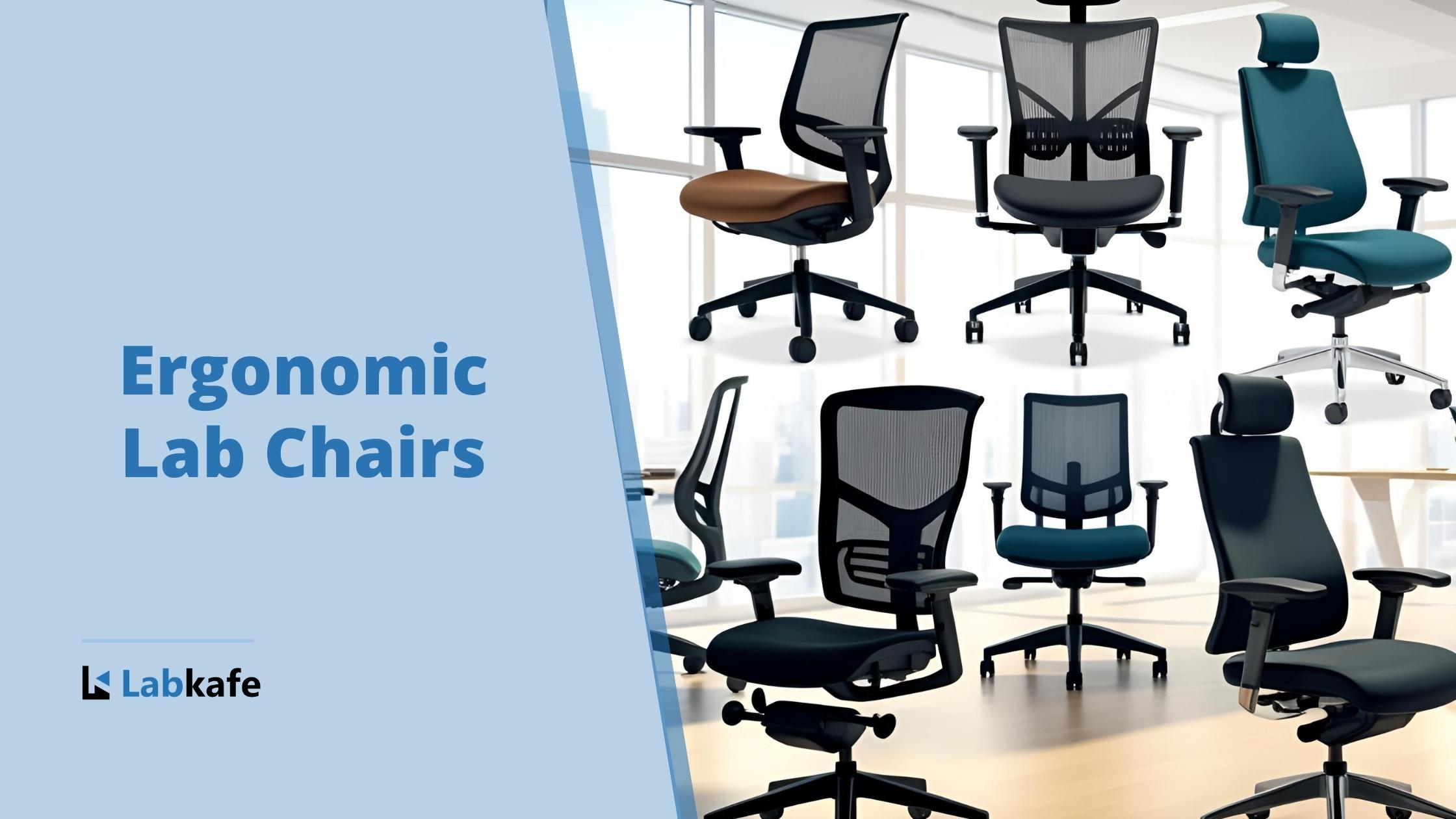






Leave a Reply